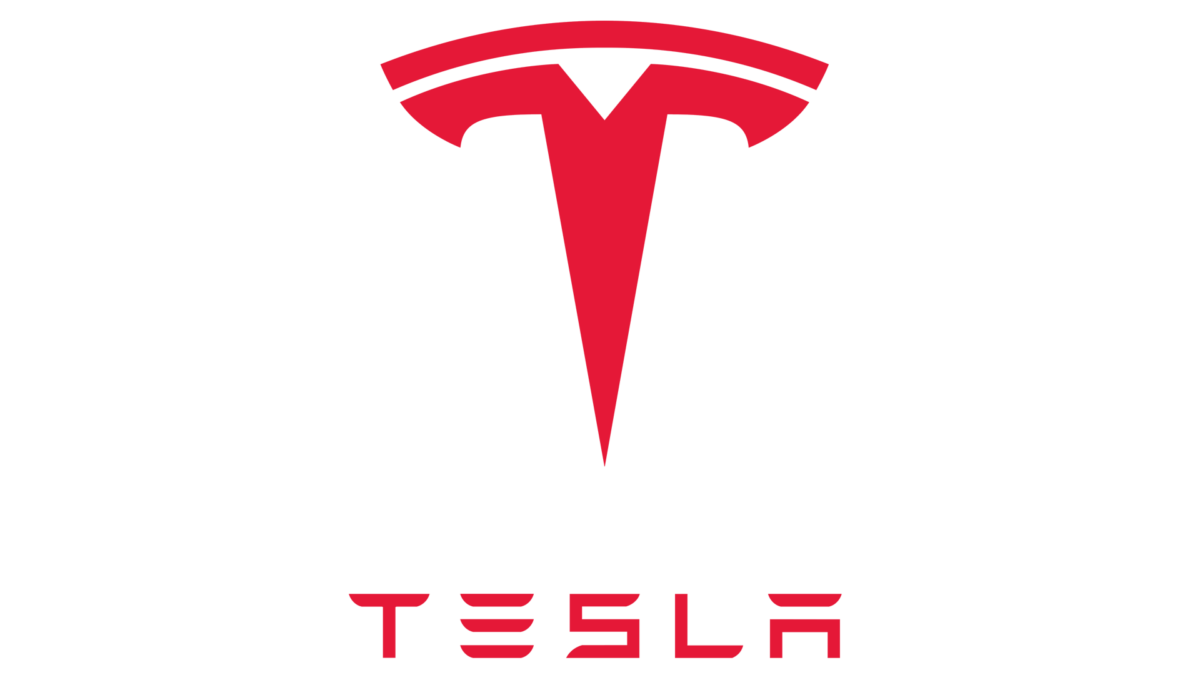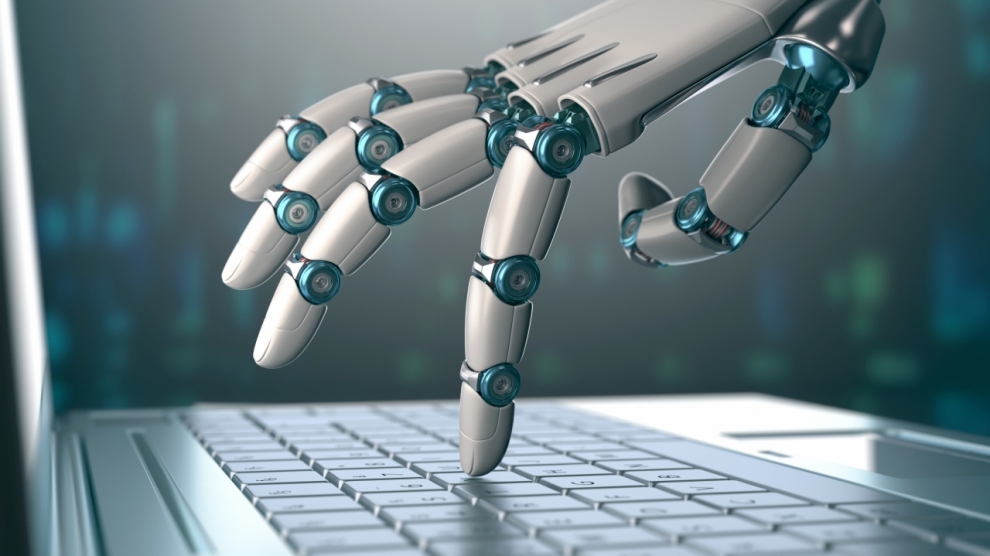In 2019, 1.5 million new electronic battery cars were purchased globally; this raised the total number to 4.8 million (Wagner, 2020).
Electric car purchases are slightly motivated by long-term economic ownership benefits, but the ethical reasoning of reduced air pollution and climate change reign supreme.
There is, however, a growing moral conflict occurring during the purchase of these vehicles. Nearly These “ethical” vehicles are powered by lithium-ion batteries where Cobalt is the star ingredient. Twenty percent of the world’s cobalt is mined by independent companies in DR Congo that employ child workers as young as ten years old earning between $3.50 and $10 a day for heavy and even life-endangering labor. Overexposure to cobalt from working in these mines without proper protection and labor laws is causing cases of asthma, pneumonia, heart and thyroid damage (Fleming, 2018). The rise of electric cars and accompanying high cobalt prices are making these working conditions increasingly tempting for the Congo’s starving population and are thus risking their potential health and safety (Sanderson, 2019).
In collaboration with their Chinese battery producer CATL, the company has developed a new lithium-iron phosphate battery, the company’s first cobalt-free battery. This battery is being incorporated in the Tesla Model 3 sedans that the company builds and sells in China, the world’s largest electronic vehicle consumer (Szymkowski, 2020). Due to the company’s 29% percent share of the global electronic vehicle market, their elimination of cobalt-powered batteries can decrease the number of these independent mines and the sequential amount of child labor immensely (Shahan, 2020).
These cobalt-free batteries are not only attacking a moral issue, but also an economical one. As cobalt is lithium batteries’ most expensive ingredient, the removal of this can significantly decrease the price of the model 3, which is currently priced just below $40,000 (Reuters, 2020). This price decrease is lowering the income-related barrier to purchase “luxury” electronic cars and increase adoption, one of Elon Musk’s key ambitions (Rowlatt, 2020). Thus, these cobalt-free batteries are the way to make “ethical” electronic cars truly ethical.
Bibliography
Rowlatt, J. 2020. How Elon Musk aims to revolutionise battery technology. BBC News, [online] Available at: https://www.bbc.com/news/business-53067009 [Accessed 5 Oct. 2020].
Sanderson, H. 2019. Congo, child labour and your electric car. Financial Times, [online] Available at: https://www.ft.com/content/c6909812-9ce4-11e9-9c06-a4640c9feebb [Accessed 5 Oct. 2020].
Fleming, S. 2018. The hidden cost of the electric car boom – child labour. World Economic Forum, [online] Available at: https://www.weforum.org/agenda/2018/09/the-hidden-cost-of-the-electric-car-boom-child-labour/ [Accessed 5 Oct. 2020].
Wagner, I. 2020. Worldwide number of battery electric vehicles in use from 2012 to 2019. Statista, [online] Available at: https://www.statista.com/statistics/270603/worldwide-number-of-hybrid-and-electric-vehicles-since-2009/ [Accessed 5 Oct. 2020].
Szymkowski, S. 2020. Tesla on the cusp of cobalt-free batteries for China, report says. Road Show, [online] Available at: https://www.cnet.com/roadshow/news/tesla-cobalt-free-batteries-china/ [Accessed 5 Oct. 2020].
Reuters. 2020. Tesla to roll out China-made Model 3 cars with cobalt-free LFP batteries: sources. [online] Available at: https://www.reuters.com/article/us-tesla-china/tesla-to-roll-out-china-made-model-3-cars-with-cobalt-free-lfp-batteries-sources-idUSKBN26L26S [Accessed 5 Oct. 2020].
Shahan, Z. 2020. #1 Tesla = 29% of Global Electric Vehicle Market in Q1 2020. CleanTechnica, [online] Available at: https://cleantechnica.com/2020/05/24/1-tesla-29-of-global-electric-vehicle-market-in-q1-2020/ [Accessed 5 Oct. 2020].


